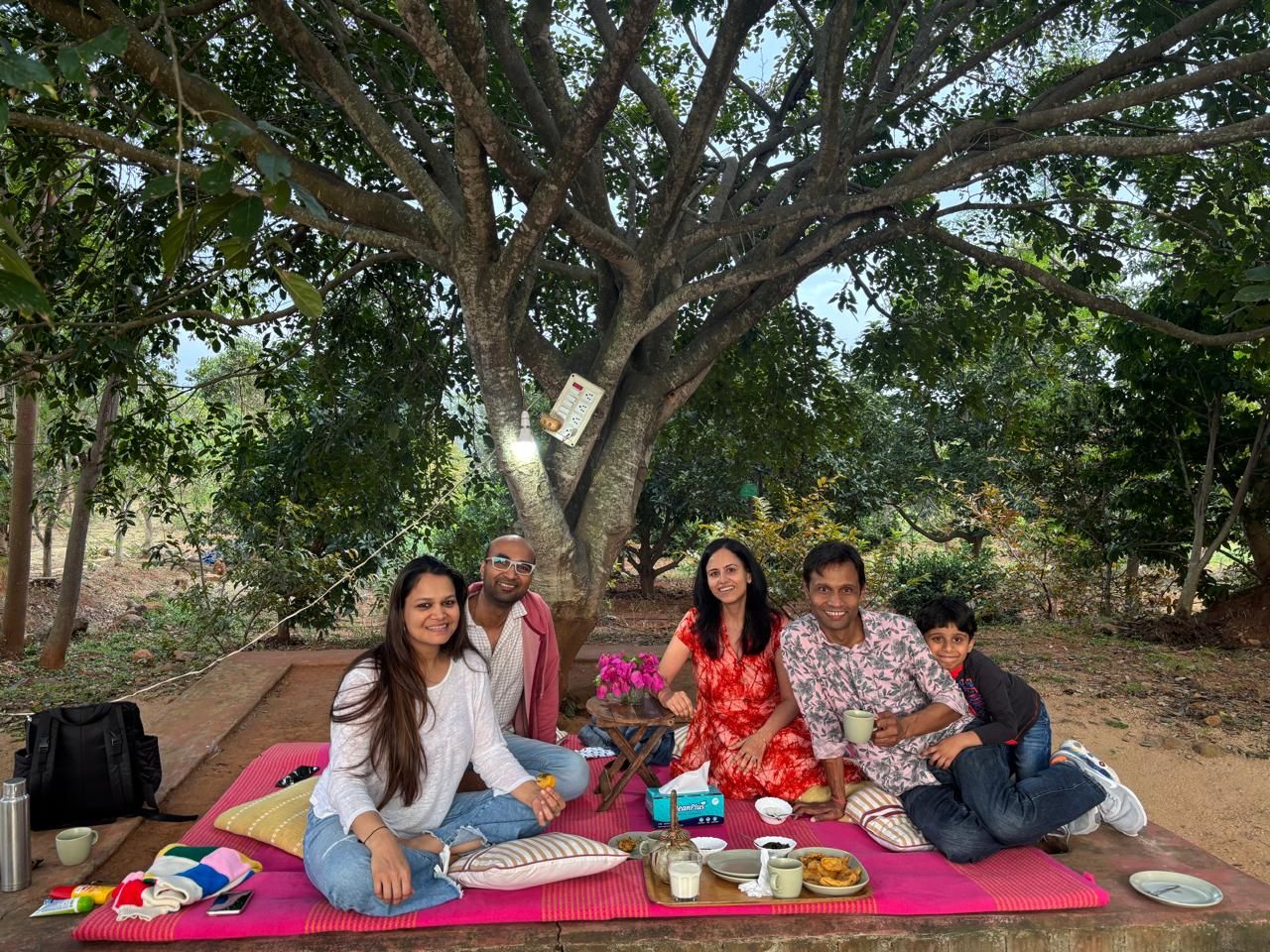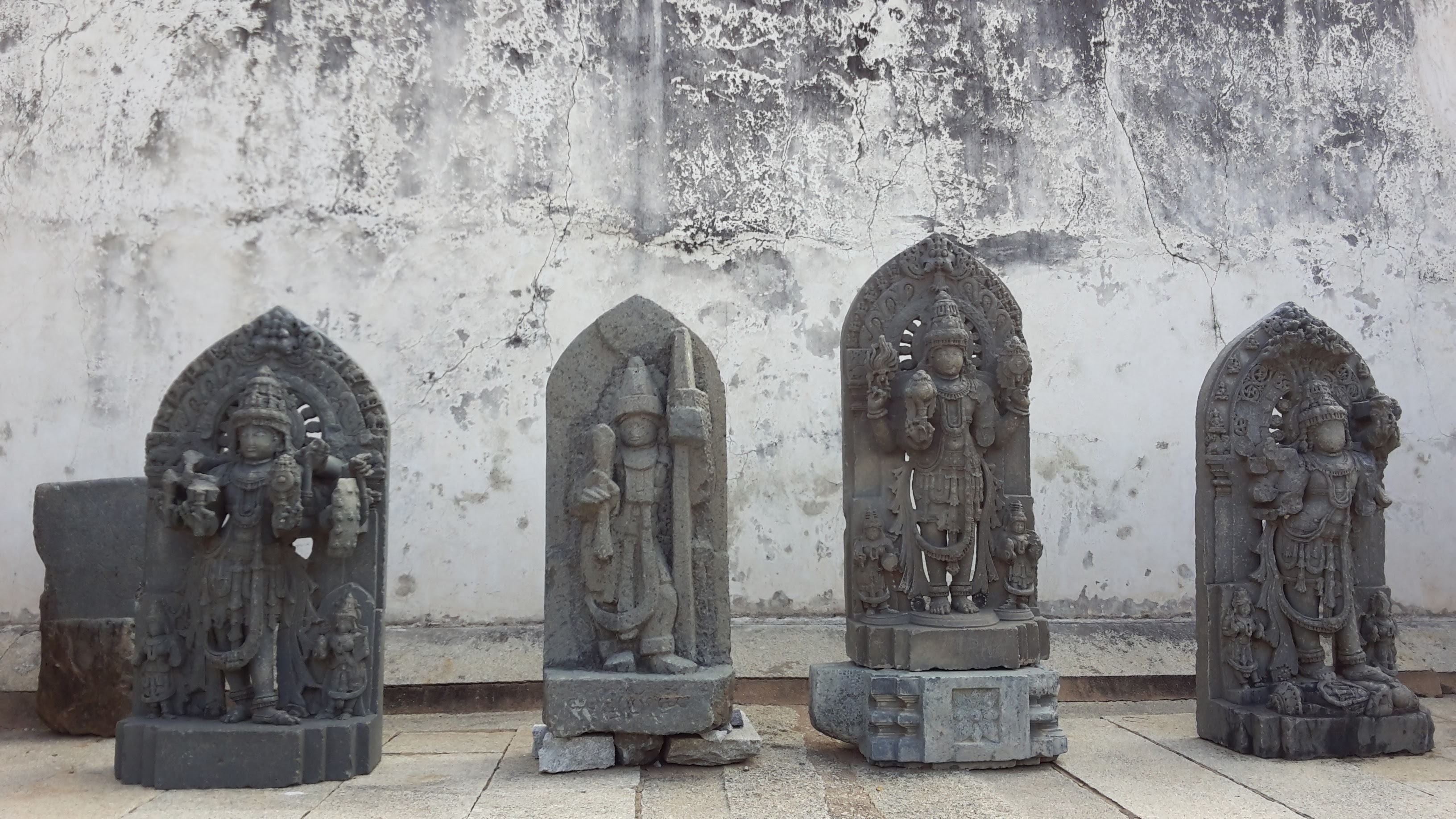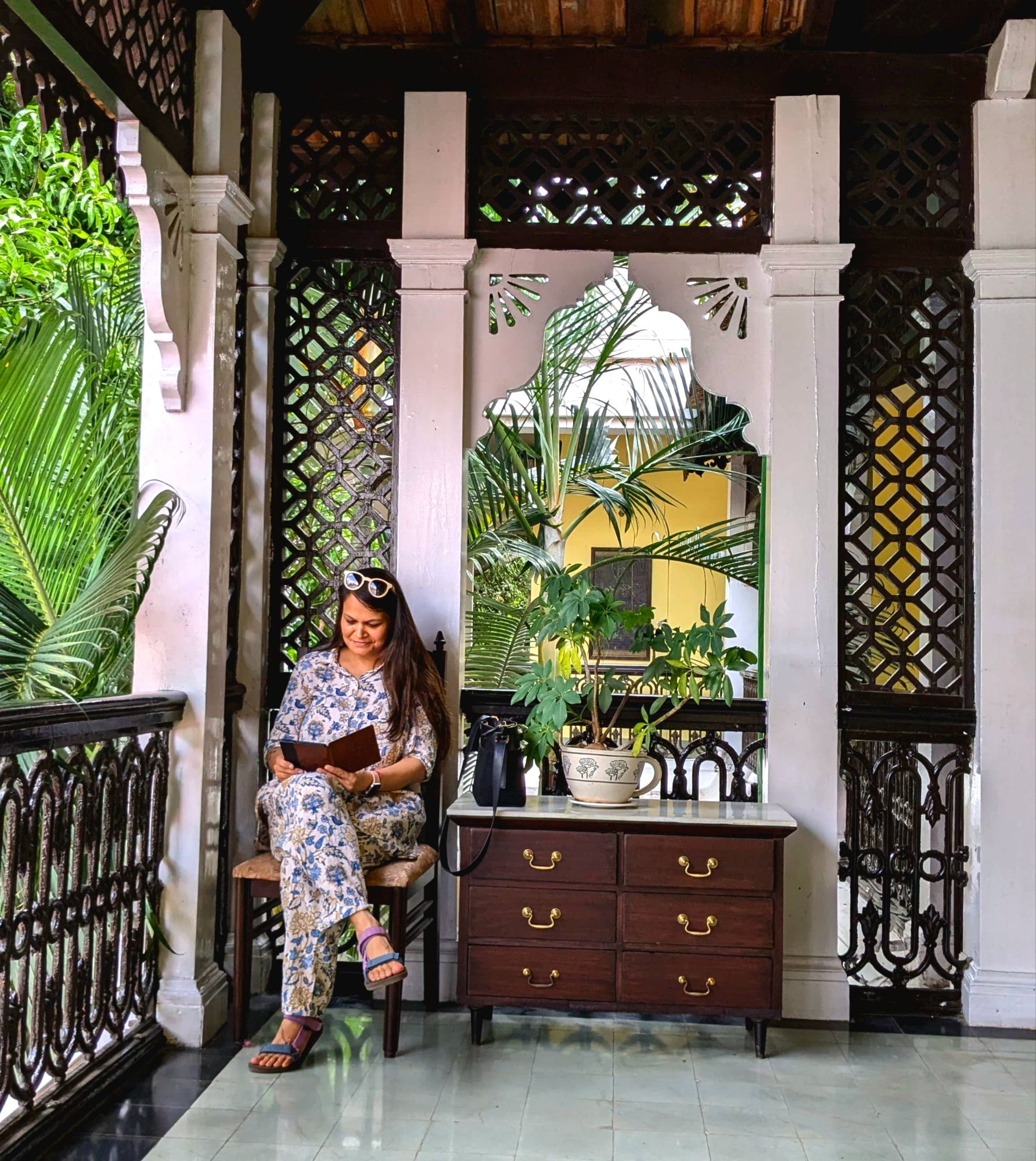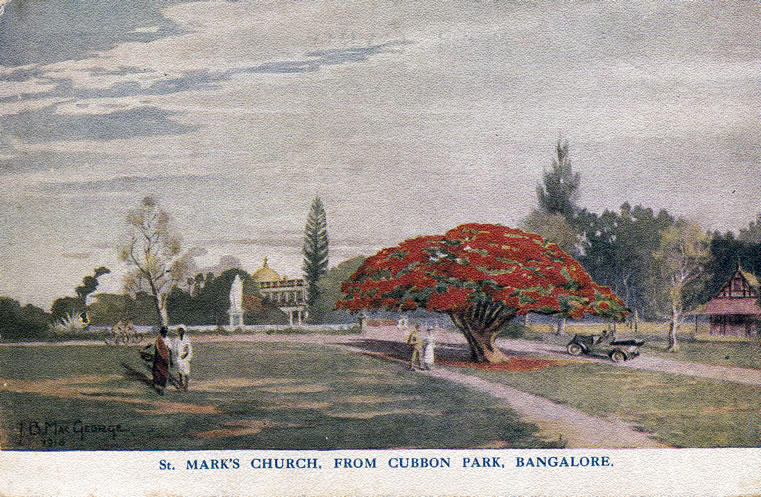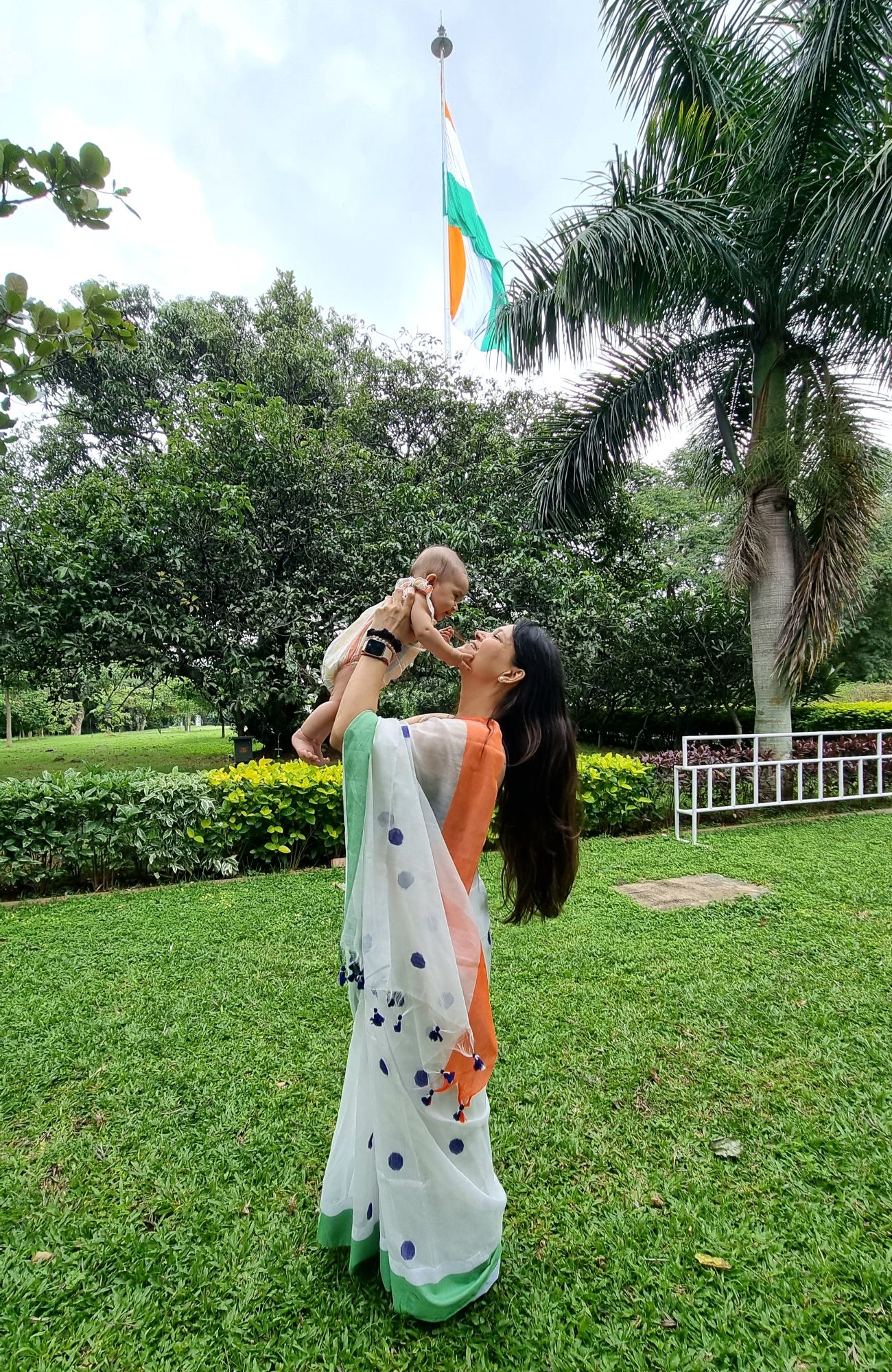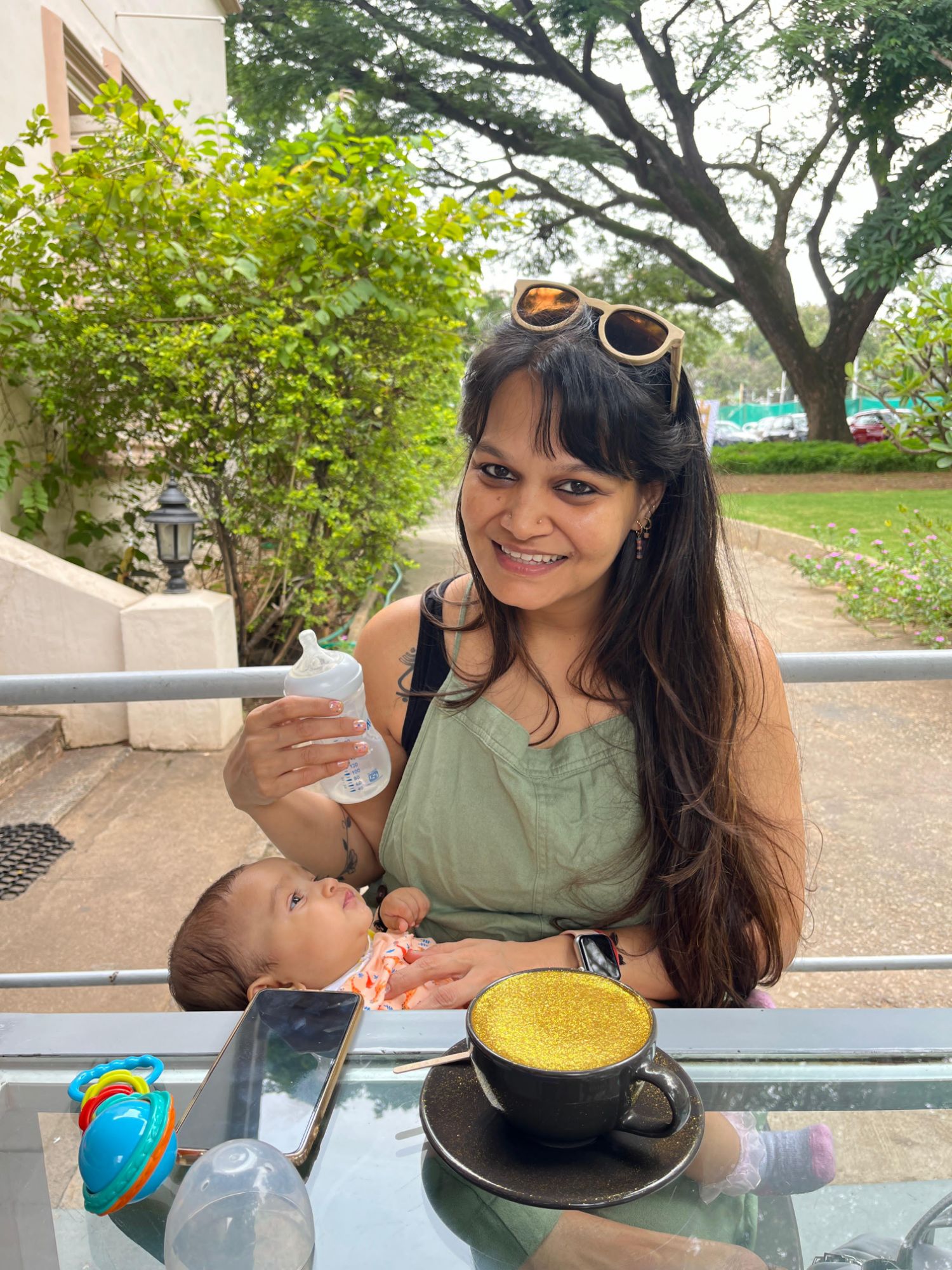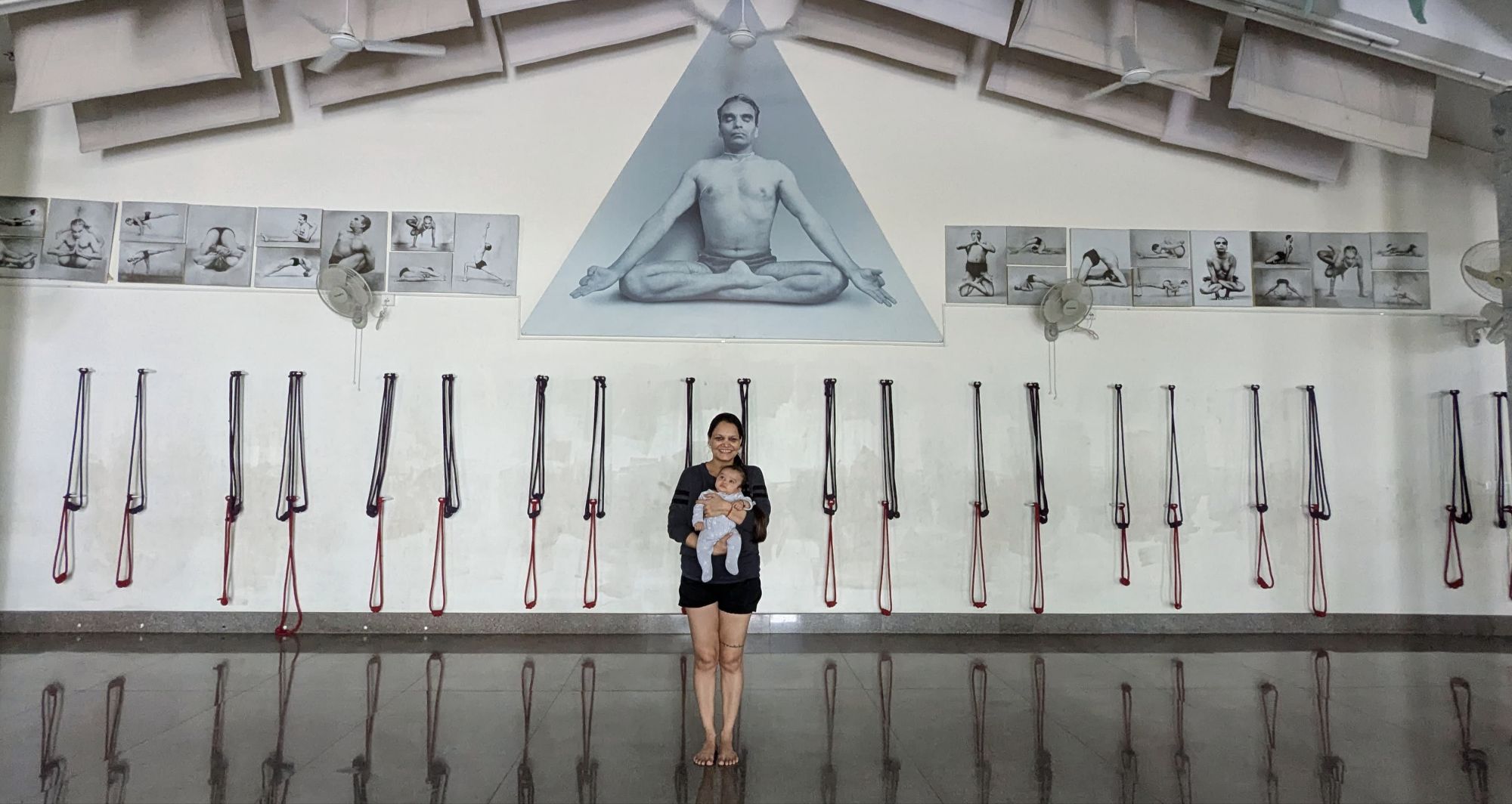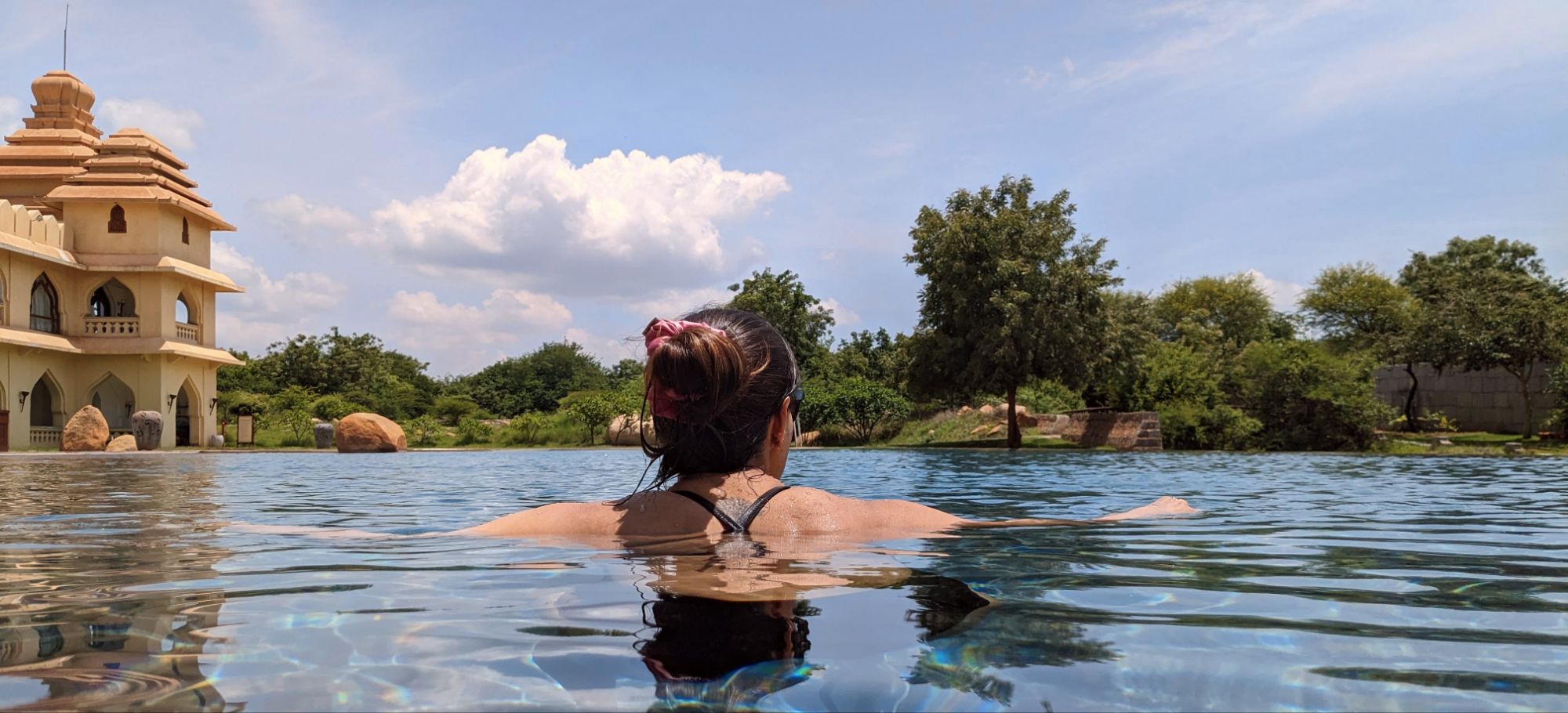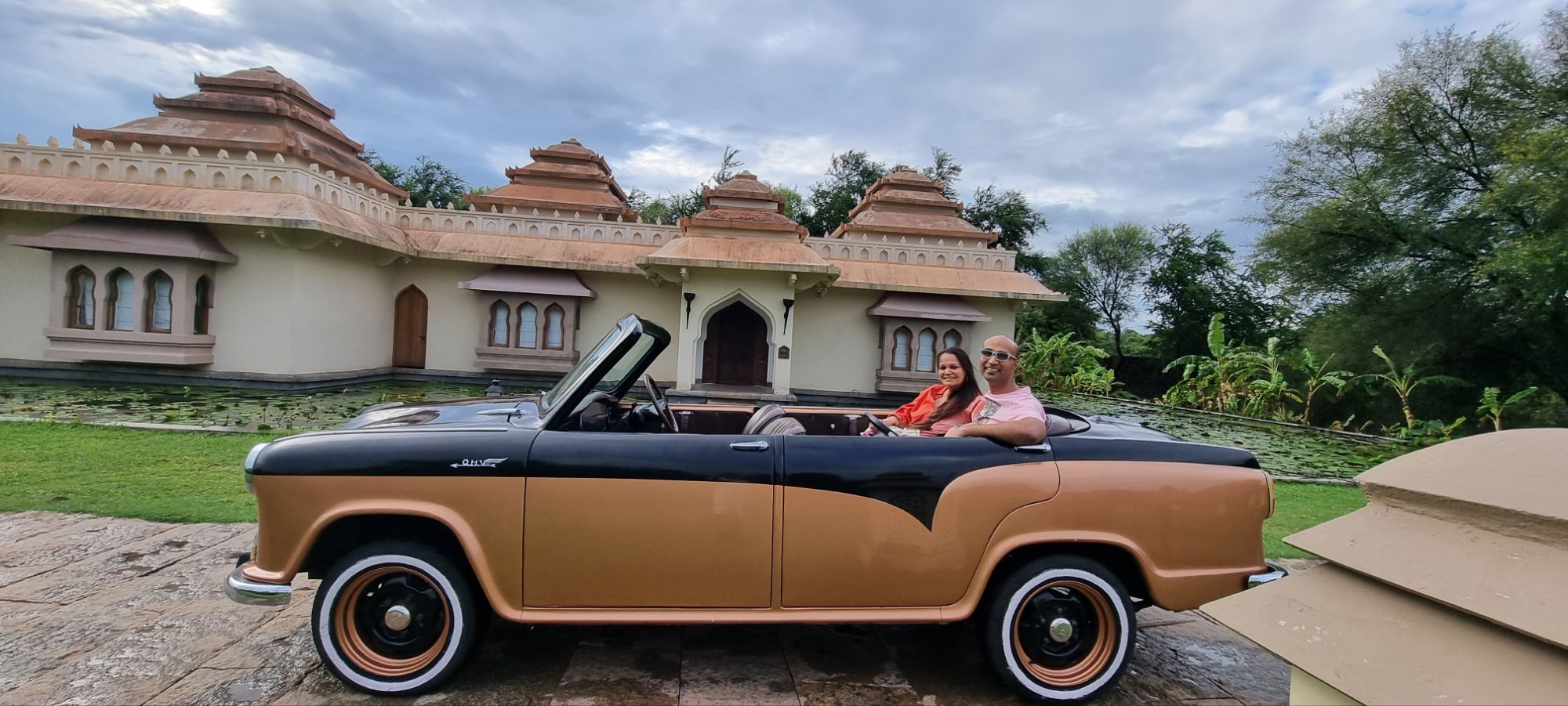I love this picture of St. Mark’s Cathedral from Cubbon Park, it really gives a sense of how large the park was once upon a time.
Kalindi’s arrival has brought many good things into our lives, including dear friends who had lost touch over the years. I guess the arrival of new life is about hope and optimism, something that everyone can relate to.
I’m in touch with some of my earliest yoga students. Recently Louise and her daughters visited us in Bangalore. I used to teach Louise in Wellington, and reading this blog that she wrote about my classes back then made me nostalgic. It’s been about 12 years since we last met!
What do you do with friends who’re coming to Bangalore for the first time? I mean there’s only so much coffee you can drink as you marvel at the great weather. I’ve lived in Bangalore since 2005, and pride myself in knowing a bit more about the city than the average resident. So I took it on as a challenge and asked myself how I can showcase my city beyond MG Road.
So we had one of those slow weekends, the kind where you can slow down and fall in love with Bangalore all over again. This is how you can make the most of 2 days in Bangalore…
Continue Reading
